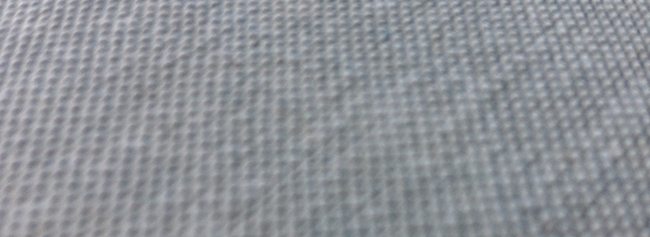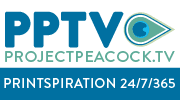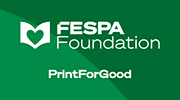Bookmaking Part One / Part Two / Part Four
By Frances Atterbury
Paper is vital. The paper you choose will have a greater effect on the perception of your work than almost anything else you do and it’s simply untrue to imagine that all papers that look the same unprinted are the same when printed.

One of the most interesting tests of a sheet of paper is to hold it up to the light and look at the formation. The cheaper the paper or the faster it has been made, the more uneven and mottled the formation. What you may not appreciate is that this mottled pattern will be reflected in the printed surface, so if you are making a book requiring smooth tints and solids, don’t pick a cheap or badly made sheet. Put simply, spend more on paper even at the expense of spending less on printing. It’s a basic ingredient of quality. Coated or uncoated; good quality, well made paper is worth every penny.
Grain direction, glues (hot or cold melt), page size, case covering, signature size, paper quality – these are all important qualities and they are all relevant and important in their own way. But in my opinion, the only thing that it is essential to get right in a book is grain direction.
Paper is a natural product and is made from fibres meshing together to make a smooth and regular surface upon which to write, draw, paint or print. Machine-made paper has a distinct grain direction. As the paper travels through the paper making machine, starting as 99% water and finishing as paper, these fibers align themselves in the same direction. It is much easier to fold or to tear a sheet of paper along the grain than to fold or tear across the grain. Grain direction affects a book in at least two crucial ways and these are go to the heart of what a book is for – ease of reading and permanence.
It is easier to open (and therefore to read) a book with the grain running parallel to the spine because the paper wants to open and lay in this way. Contrast that with a book bound cross grain; the pages do not want to open and the opened pages will flip closed unless held open. Not the easiest thing to read.
But grain affects permanence too. Paper is natural ‘living’ material and changes shape according to the humidity in the environment. As it becomes relatively wetter or drier, it becomes bigger or smaller always moving across the grain. If the book is glued and sewn with the grain parallel to the spine it will become wider, but no stress will be placed on the binding because the top and bottom edge of the page are not fixed, but are free to move. Conversely, if bound cross grain, the book will become taller or shorter, but, as it is only free to move on one side of the sheet, huge stress will be placed on the binding. Small movement but it is the same process that sees mountains eroded and, in the same way, will see the binding destroyed long before the end of it’s natural life.
Binding a book correct grain shouldn’t cost more money. But it will need to be thought about and considered an important part of production. It has long irritated me that paper in the UK is not routinely stocked in both long and short grain. Lack of demand from printers I’m told. At Artisan Books we buy our paper in bulk in the correct grain directions – for those interested, that’s Mohawk Superfine Ultrawhite Eggshell 1020 x 720mm short grain. All these decisions are important, they ensure the permanence of a book.
Grain direction is like good typography, part of the invisible framework of quality.
If it were your book, which would you want?
Stay tuned for one more post about custom bookmaking from our friends at Artisan Books and connect with them on Twitter @ArtisanBook and Facebook!
Read more about how HP is Powering Up Publishing!











